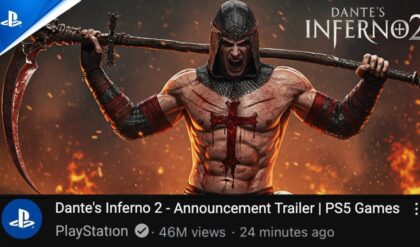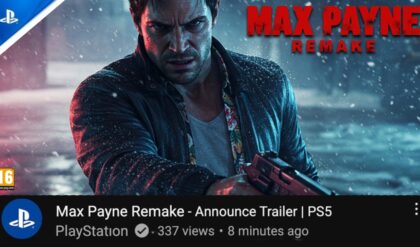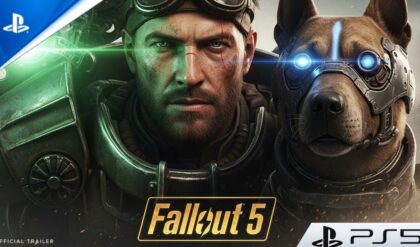Steam rolling through hordes of enemies makes for a much worse experience in the long run, according to series creator David Brevik.
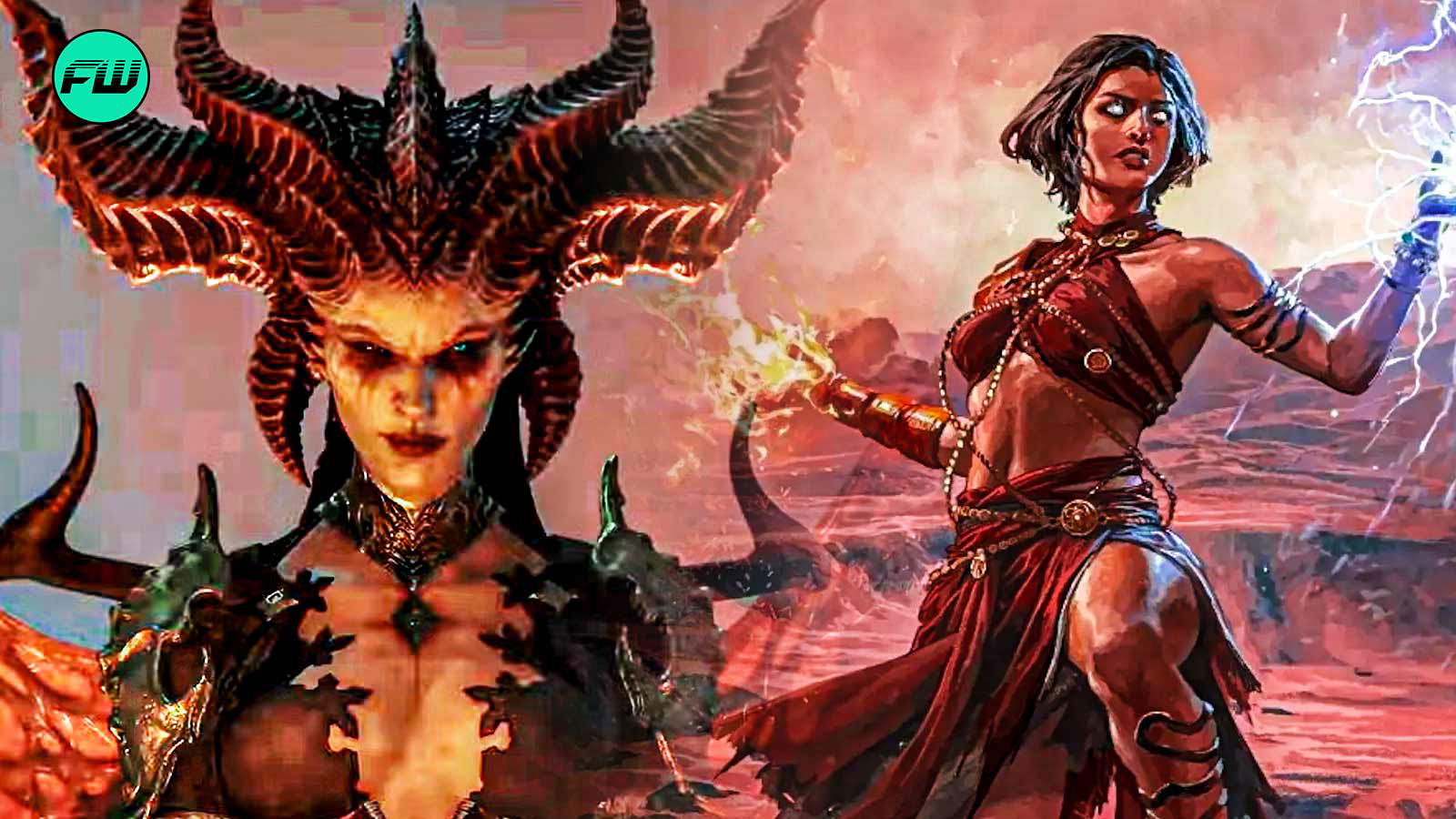
ARPGs have come a long way, with both Diablo 4 and Path of Exile 2 being some of the newer (and more popular) offerings in this particular genre of video games.Things have certainly changed since the first Diablo was released way back in 1996, with many of these changes being of the more controversial kind.
This is, at least, is the view that Diablo series creator David Brevik holds. A focus on speed and instant gratification over tactical combat can be quite disheartening, and Brevik elaborates more on this matter.
Speed is not everything, says Diablo creator David Brevik
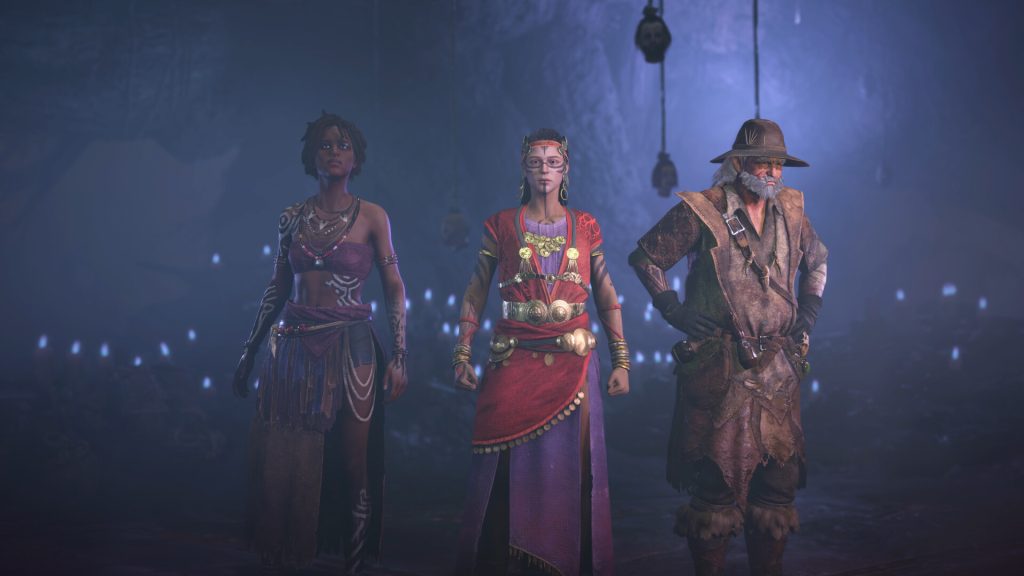 ARPGs follow a very similar format as of late | Image Credit: Blizzard Entertainment Inc.
ARPGs follow a very similar format as of late | Image Credit: Blizzard Entertainment Inc.
Speaking with VideoGamer in a recent interview, David Brevik – the creator of the original Diablo laments on the way things have turned out for the addictive looter ARPG genre as of late. Brevik may have left the series behind in 2005, but he still remains a routine player of the genre.
Despite his recent shift to the indie category, Brevik still plays a lot of modern ARPGs, A major complaint presented by the creator of the modern ARPG genre is that they offer more flashy, instant gratification over long term progression.
I think that RPGs in general have started to lean into this: kill swaths of enemies all over the place extremely quickly
After all, modern ARPGs prioritize killing hordes of enemies at one go, which could perhaps be attributed as the root cause of the problem. Slow, meaningful progression has been discarded – and Brevik believes that a lot of what made the genre great has been lost to time.
The screen is littered with stuff you don’t care about
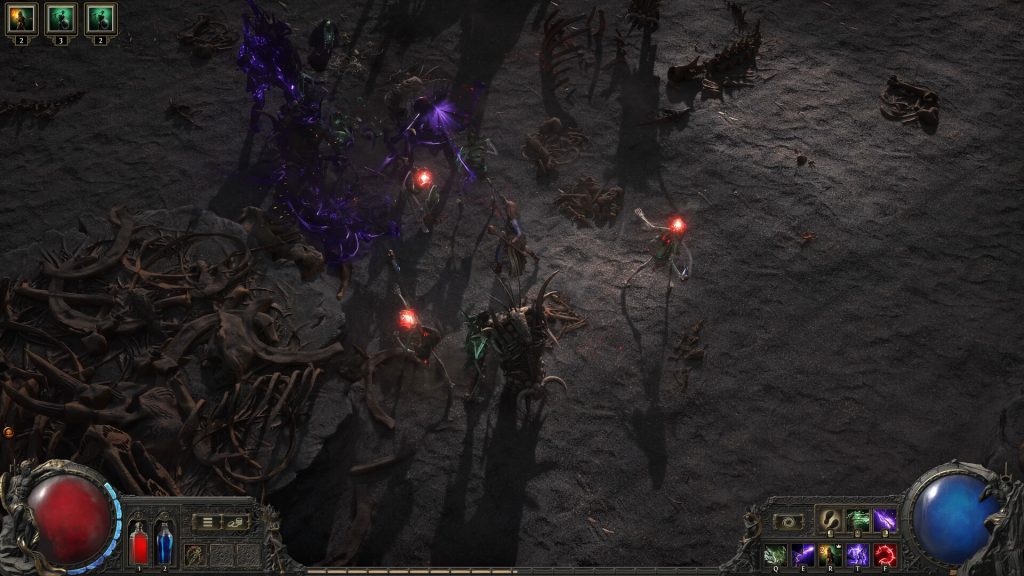 Games like Path of Exile 2 favor rapid progression | Image Credit: Grinding Gear Games
Games like Path of Exile 2 favor rapid progression | Image Credit: Grinding Gear Games
Rapid progression and simultaneous drops are a very stark departure from the kind of progression seen in the likes of Diablo 2 and older. While Diablo 2 also featured a large swarm of enemies, the progression seen in modern titles is perhaps a bit too much for comfort.
It certainly does not feel as grounded or realistic as Diablo 1 and 2, with an uneven pacing ruining the overall experience – which could also be attributed to why Diablo 2 still remains popular to this very day.
That’s one of the reasons it’s endured
After all, the old-school formula still resonates with a large number of players who find it a lot more enjoyable when compared to modern takes on the genre.
The same can be said for games of other genres, which feel too cozy with the it-just-works formula
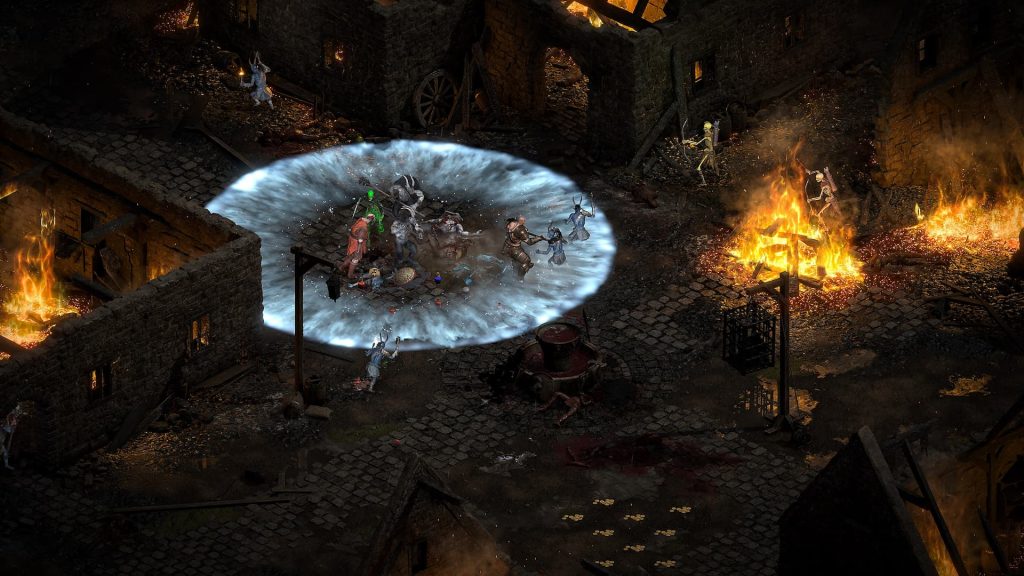 Diablo 2 wasn’t shy to experiment and innovate | Image Credit: Blizzard Entertainment Inc.
Diablo 2 wasn’t shy to experiment and innovate | Image Credit: Blizzard Entertainment Inc.
It’s not ARPGs that face this particular problem though – it also extends into multiple other genres, including MMOs and single-player action adventure titles. Players jump from one quest to the other, rapidly progressing and earning higher levels – at the cost of a more holistic gameplay experience.
After all, what makes RPGs work is their overall ‘journey’, and the experience that follows. In shortening that grind, you cheap out on the overall experience, which is quite detrimental to the genre as a whole.
A focus on more cinematic, non-player-controlled sections certainly looks impressive, but one has to ask themselves whether it is worth giving up one of the core principles of game design, which is interactivity and exploration.
After all, video games are meant to be a fun medium that actively encourages the player to explore and learn about its intricacies, thereby becoming better at the game.
